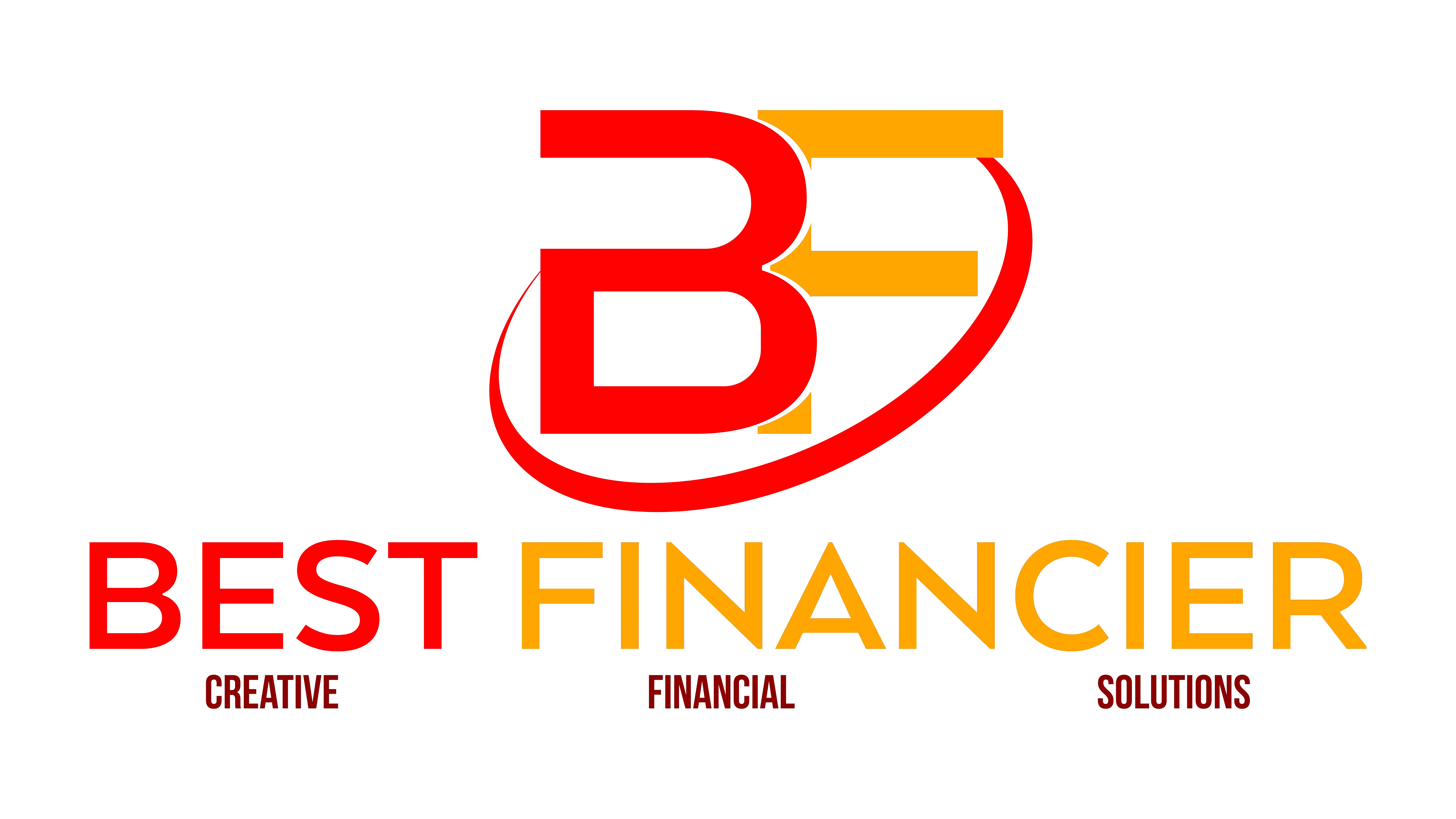Information presented on this web page is intended for informational and educational purposes only and is not meant to be taken as legal, financial, investment or tax advice. We do not accept any responsibility for any trading or investment related losses. Please review our disclaimer on before taking action based upon anything you read or see.
The median investment made in company equities during the tax period, in addition to the traditional investments held over the same tax year, is referred to as Additional Investments. It is critical to keep track of this for your company’s success. Thus, we have made this post on how to calculate additional investment.
Furthermore, the equity of a company’s investors functions similarly. This is the total amount of money invested in the firm. Shareholders’ equity is made up of stockholders’ investments and retained profits. These are the earnings that the corporation hasn’t distributed as dividends.
Total paid-in capital, also known as total contributed capital, refers to the total investment made by investors. The total paid-in capital on a company’s balance sheet rises as it receives more assets by selling shares to investors.
This raises the equity of the company’s investors. You may use this chance to figure out how much more money a corporation has gotten.
Essential Types of Investment
/Investingjourneypic-a9bb92f557694caaaa92b761eb2cadd9.jpg)
Before learning how to calculate additional investment, let us understand the major types of investment.
Stock
Firms offer stock in exchange for cash. Selling stock entails selling a portion of the company’s ownership. Stocks get classed as common stock or preferred stock depending on the rights granted to investors who purchase them.
Investors must split their portfolios by investing in various equities depending on their risk tolerance. They may also seek financial advice if they cannot make an informed investment selection.
Bonds
Bonds are stationary securities that a firm issues in exchange for cash. And such a bond issuer owes an obligation to the bondholders. The issuer must pay interest and refund the principal amount on a later agreed-upon date.
An investor may get compelled to liquidate his bond for a higher or lower price than he originally paid for it. This might be due to interest rates, hyperinflation, or credit ratings, among other factors.
For example, if an existing bond pays 6% interest and the market rate falls to 4%, the bond may get sold for a more fantastic price. This is true because it attracts investors who want to earn a greater interest rate than the market. Similarly, if the market rate rises to 8%, the investor may be forced to sell at a reduced price.
Options
An option stands as a contract between two parties in which one commits to acquire or sell a particular asset in the future. The buyer of an “option” can purchase or sell the property.
Commercial real estate
- Property, land, and buildings are all examples of real estate. The main merit of investing in real estate is that it will generate wealth by increasing the value of the real estate holdings. Real estate gets divided into four categories:
- Residential Real Estate is a kind of real estate used to house people—for example, houses, condos, holiday homes, and so forth.
- Commercial Real Estate is the second kind of real estate. Examples are shopping malls, schools, offices, hotels, and similar structures.
- Commercial and Industrial Real Estate, for example, factories, industrial units, and buildings used for research, production, and storage, to name a few examples.
- Land
Crypto
Crypto is a digital fund that uses strong encryption to protect monetary operations. It also gets used to monitor and control money transfers, currency unit production, etc. Bitcoin, Litecoin, Ripple, Ethereum, Bitcoin Cash, Ethereum Classic, and other cryptocurrencies are cryptocurrency investments.
Commodities
Physical assets such as gold and platinum and energy resources such as crude oil and gas are examples of commodities investments. Agricultural, wood, and forest products, for example, are natural resources.
There are many other investments on the market, including those mentioned above. Depending on the size of the investment, choosing the right kind of investment is critical.
This is in conjunction with the investor’s expectations for the acquisition and risk tolerance. Investors should seek expert advice, avoid investments beyond their knowledge, and diversify their portfolios to minimize risk.
How to Calculate Additional Investment

You can calculate additional investment through the following steps:
Step 1: Get the balance sheets for two consecutive accounting quarters from a firm’s 10-Q quarterly filings or 10-K annual filings. The Securities and Exchange Commission’s EDGAR web database contains these filings. You may also get it via the investor relations section of its website.
Step 2: In the Stockholders’ Equity part of the most recent balance sheet, look up the amount of the firm’s revenue paid-in capital. Assume the company’s latest recent financial statement shows $700,000 in total paid-in money.
Step 3: Determine the amount of total paid-in capital as reflected on the preceding period’s balance sheet. Assume that on the previous period’s balance sheet, the actual paid-in money was $900,000.
Step 4: Subtract the preceding period’s paid capital from the most recent period’s total paid-in capital. This will aid you in calculating the additional investment from shareholders. In this scenario, subtract $700,000 from $900,000 to obtain $200,000 in additional investment.
How to Calculate Additional Investment: More Considerations to Make

There are various more aspects to evaluate in addition to calculating additional investment. They are as follows:
Set up an emergency fund
Most professional investors set aside enough money in a savings account to handle an unforeseen event. Some people set aside six months’ worth of salary in savings to ensure that it will always be available whenever they need it.
Pay off credit card debt with a high-interest rate.
No investment plan pays off and with far less risk than just paying off all of your high-interest debt. If you owe funds on a high-interest card, the best thing you can do is settle the debt as soon as possible. This should be regardless of market circumstances.
Take into account dollar-cost averaging.
You may shield yourself against the danger of investing all of your funds at the incorrect moment by using the investment approach known as “dollar-cost averaging.” This may get accomplished by maintaining a routine of adding free cash to your investment over time.
You will usually purchase more of a particular investment when its cost is minimal and less o when its price is high if you make frequent investments with the same amount of money each time.
Individuals who make a lump-sum deposit to an IRA near the end of the fiscal year or in early April might wish to explore “dollar cost averaging” as an investing strategy. This is particularly true in a turbulent market.
Take advantage of employer-provided “free money.”
Your contributions will get matched in part or whole in many employer-sponsored retirement funds. You are wasting “free money” for your retirement savings if your workplace provides a retirement plan and you do not contribute enough to earn your employer’s full match.
Make your money work for you
A workplace plan is, in most situations, the most efficient method to save enough for retirement. Before taking a loan out of your retirement savings, thoroughly consider your alternatives. Using a 401(k) debit card, in particular, should only be done as a last option.
Borrowing money today will limit the amount of money you have available to increase your savings over time and ultimately what you have when you retire. You may also be subject to federal income taxes and penalties if you do not return the loan.
Consider rebalancing your portfolio regularly.
Rebalancing entails returning your portfolio to its principal asset allocation balance. You may guarantee that your portfolio does not overemphasize one or more asset types by rebalancing. And, in the end, you’ll bring your portfolio back to a safe level of risk.
Purchase at a low price and sell at a high price
It may be challenging to shift money away from a performing asset category into a struggling asset category. However, it may be a sensible decision.
Rebalancing guides you towards purchasing cheap and selling high. This is valid by reducing the number of current “winners” and increasing the number of recent “losers.” Your portfolio may get rebalanced depending on the calendar or your investments.
According to several financial gurus, investors should rebalance their holdings regularly—for example, every six or twelve months. The merit of this strategy is that it uses a calendar to notify you when it’s time to rebalance. Others advise rebalancing only when an asset class’s relative weight grows.
This method also works when it falls below a particular percentage that you’ve set in advance. The merit of this option is that your holdings will alert you when it’s time to rebalance, and rebalancing, in any instance, works best when done on a somewhat occasional basis.
Stay away from situations that might lead to fraud.
Scammers read the headlines as well. They often utilize a well-publicized news story to entice prospective investors and make their “opportunity” seem more real.
Before you invest, the SEC suggests that you ask questions and verify the answers with an independent source. Before investing, always take your time and consult with reliable friends and family members.
Frequently Asked Questions
Can I calculate additional investment?
Yes. The above tips on how to calculate additional investment will aid you immensely here.
What does it mean to add to a fixed asset?
Fixed asset modifications are expenditures added to the asset’s purchase price after purchasing.
What method do you use to compute total additions?
Total additions may get calculated by adding cash, liquid assets, accounts receivables, and inventories. Subtract the accounts due from the total. The networking capital of the firm is likewise affected by the outcome, whether favorable or unfavorable.
What are essential kinds of investments?
The following are basic forms of investments:
- Stock
- Bonds
- Options
- Cryptos
- Real Estate
- Commodities
Conclusion
In conclusion, investment stands as a necessity for every business. And if you need more help on how to calculate additional investment, the tips above will aid you immensely.





